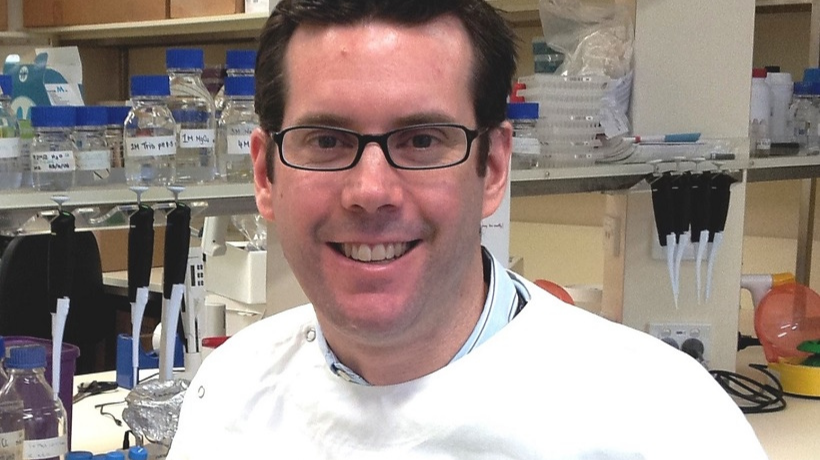
Associate Professor Andy Moore has just been announced as the new head of the ANZCHOG Biobanking Network. He talks to us about what how his young patients inspire him, and why a tumour sample from 20 years ago can save a kid’s life today.
The success of ANZCHOG Biobanking Network, a major initiative funded by The Kids’ Cancer Project, is set to continue with the appointment of Associate Professor Andy Moore as Network Chair.
Andy takes over the role from Professor Jennifer Byrne, who has been overseeing the network of cancer-sample banks in Australia and New Zealand since its inception in 2015.
Read more: National tumour biobanking network
The nine tumour banks have all existed for many years (some for decades) but needed an overarching body to improve their reach to researchers, as well as streamline sample processing, access and data sharing. That’s why The Kids’ Cancer Project has chosen to fund $599,000 from 2015 to 2022 to ANZCHOG (Australia and New Zealand Children’s Haematology/Oncology Group) so that the network could be created.
Over the past five years, Jennifer and project coordinator Rose Boutros have guided the network to become an invaluable resource to scientists both here and overseas. Andy, along with his new project coordinator Daniel Kilmartin, is keen to further the network’s progress.
“What the network does is help drive discovery,” Andy says. “By connecting these banks we’re not just making it easier for researchers to find multiple samples, we’re putting more minds into the research itself.”
The fact that world-leading research labs are now using network samples is a sign of its improved standing, he says.
“We can now rustle up samples of rare cancer samples quickly, we can get them shipped all in one go, we know the best couriers to use – it all helps,” Andy says.
“And wherever possible, if we or a collaborator has already analysed a sample, we aim to share that data and facilitate new collaborations, in order to minimise duplication of effort, maximise the utility of each sample and help accelerate the overall research process.”
Andy believes that the improved communication between member banks is terrific and should continue.
“Over the past five years, there’s been new opportunities to learn about different operating procedures, how to best process particular samples and share them. It makes a big difference.”
Andy knows first-hand how important the biobanking network is – because he’s the director of one of its member banks: The Queensland Children’s Tumour Bank. He’s been there since 2013 and it’s just one of the many roles Andy has. He’s also a paediatric oncologist with Queensland Children’s Hospital and a leading researcher in acute myeloid leukemia (AML).
Read more: Behind the science | Daniel Kilmartin
In the past his research has received funding from The Kids’ Cancer Project, and his value is well known to the children’s cancer arena. On top of that, he’s the Director of Research for Children’s Health Queensland Hospital and Health Service. He’s also on several boards and committees, including the Research Advisory Committee for The Kids’ Cancer Project.
Yes, that’s a lot of jobs. Andy insists that despite his workload he gets enough sleep, and also that he’s no different to many of his colleagues who wear lots of hats.
“It’s just part of the deal,” he laughs. “Plus, the head is always supported by a good neck - my teams really do the heavy lifting.”
But it’s clear to us, and ANZCHOG, that his combination of wide-ranging experience, leadership skills and dedication to children’s cancer make Andy such a great fit for the Network Chair role.
Brisbane-born and bred, Andy’s interest in medicine took hold at the end of high school, then focused on children’s cancer during his training.
“When I did a paediatric oncology term, I was interested in the biology of the diseases, of course, but I also found the patients and their families amazing, in terms of their resilience,” Andy says.
“It’s always the biggest thing I’m inspired by – how children and their families cope with what we ask of them.” He goes on to say that he finds his work overwhelmingly positive.”
“Yes, it’s incredibly sad when patients don’t do well, but I’m passionate about the fact that we cure cancer in children every day. Of course, we have to find better ways achieving those cures, and to improve outcomes for those who don’t do well, and that’s what clinical trials, with the help of biobanking, help achieve.”
Countless kids’ lives have been saved from biobanking already and will continue to be in the future – that’s what makes the network such an important investment, says Andy.
“Samples can be stored for decades, which means that when researchers are looking at why some children later relapsed, they can pull out their actual samples and apply new technology like genomic sequencing. This is of particular importance for rare cancers, or rare subsets of more common cancers.”
“If a new abnormality is identified in a few samples that a research lab has collected from their associated hospital, then that’s potentially interesting. If that same abnormality is then found in, say, 180 out of 200 samples obtained from networked biobanks then that is ground-breaking.”
“The power of the increased sample size can redefine the biology of a cancer and can shape the next generation of clinical trials and cancer treatment.”
The Kids’ Cancer Project has supported Andy’s research in the past, and he’s thrilled to be working in one of their funded projects again.
“The Kids’ Cancer Project play a key role in saving children’s lives,” he says. “They fund a huge range of projects – not just ones that help researchers in the lab, but also ones that help oncology centres do their great work. I’ve got a lot of time for them because I think they’re a really great organisation.”
